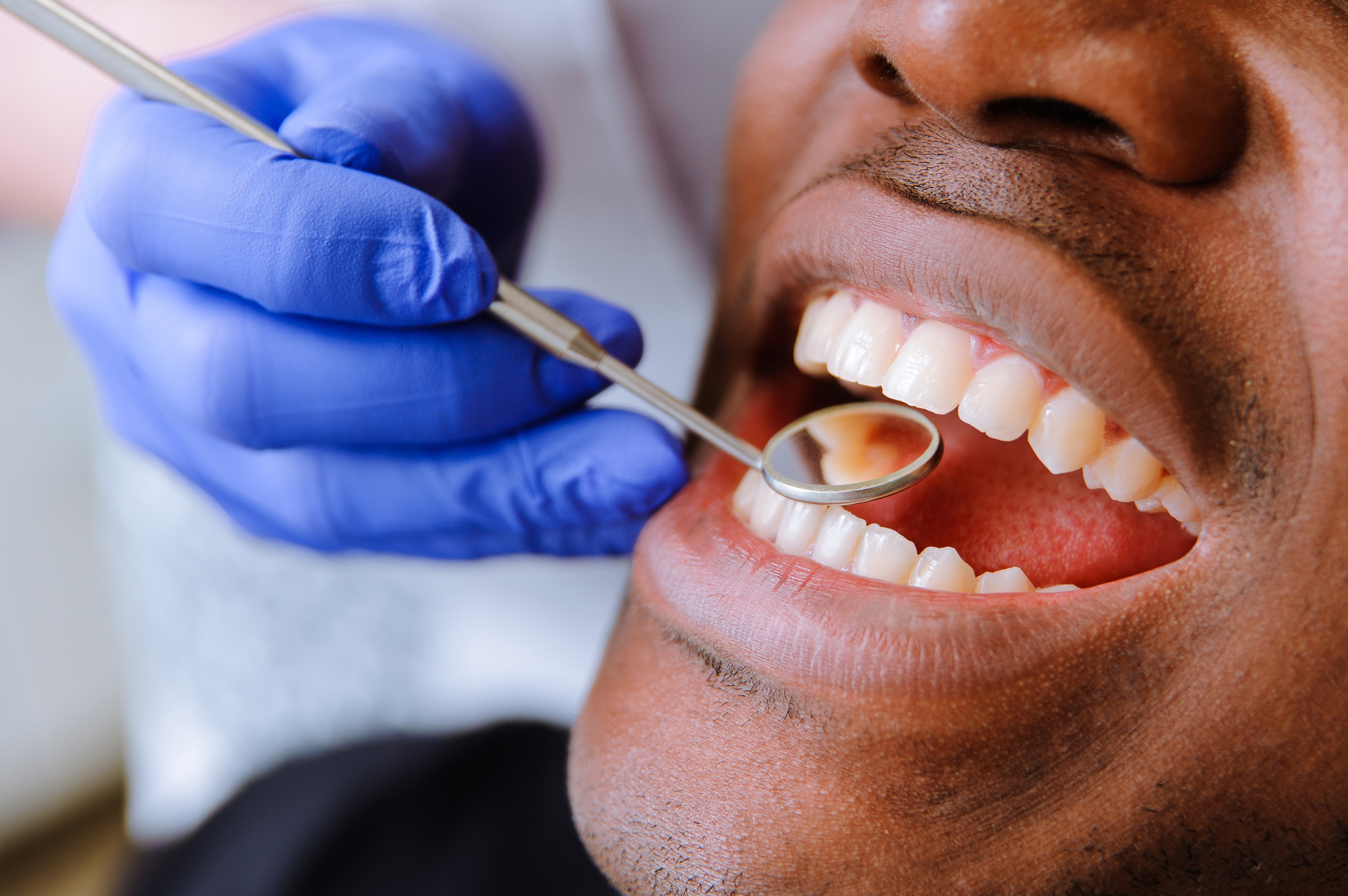In 2020, the percentage of people over 18 years old in the US that visited a dentist was 63%, according to government statistics. We can assume that the other 37% either had no issues or chose not to see a dentist with their dental problems.
If you are one of those people who has refrained from seeing a dentist, could it be time to change your approach? A good way to gain confidence to visit a dentist is to learn about the many dental treatments on offer today.
In this comprehensive guide, we’ll take a look at numerous dental treatments that you might want to consider. By arming yourself with info about dental procedures that might fit your needs, you can then find the right dentists to potentially carry them out.
Let’s now run through the different types of dental treatments that exist today.
Regular Dental Exams and Cleaning
The most common reason why people will visit a local dentist is to go for a regular dental exam. During an exam, a person can also request cleaning.
Even if you think you have no dental issues, it’s worth having these regular visits. The reason for this is that you might have problems with your oral health that you are not aware of.
In general, a dentist will look for signs of tooth decay or cavities. They will also check your gum health for things like periodontal disease or gingivitis. Even if you have no issues, we recommend you always opt for teeth cleaning to help keep your oral hygiene the best it can be.
A typical dental examination will take about 30 to 45 minutes. A good timeframe to get a regular exam is every six months.
Tooth Filling
When your teeth become decayed and damaged, you can get a filling. The dentist will remove any damaged parts of your tooth and then replace it with a filling.
There are a few different filling options a person can choose from. They include:
- Composite resin
- Silver amalgam
- Porcelain
- Glass ionomer
- Gold
Each of the materials will have different pros and cons. Furthermore, the price difference between the materials can be pretty large.
Gold fillings are the most expensive option for obvious reasons. Yet, gold fillings can last for decades if you take care of them well since gold is a low corrosive material. Porcelain fillings tend to be the go-to option for most people for their natural look.
Dental Implants
Do you have missing teeth? If so, one of the best dental procedures you can get to correct this issue is to get implants.
The longer you live with missing teeth, there more potential there is for problems to occur. For instance, with missing teeth, you can end up chewing with one part of your mouth and causing misalignment problems. Furthermore, the shape of your mouth can change over time due to missing teeth.
There are a few types of dental implants to look into, which include:
- Endosteal implants (the most common)
- Subperiosteal implants
- Zygomatic implants
In general, dental implants are a combination of porcelain and metal that act as a replacement tooth. Makers of implants use porcelain because it can look almost identical to a normal tooth. The metal part is often titanium and is the part of the implant that replaces the root of your missing.
The key to getting a high-quality implant procedure is to find the best implant dentist available to you. When the procedure is carried out by experienced professionals, you can expect your implants to have excellent durability and maintain a natural tooth look for longer.
Dental Bonding
If you need minor dental work, bonding might be something for you to consider. It’s a procedure that can fix discolored, chipped, and broken teeth.
Dental bonding is a cosmetic procedure that people opt for to improve their smiles. Dentists use a composite resin that mimics the appearance of normal tooth color and texture to fill in gaps and other problem areas.
A great thing about dental bonding is that the completed treatment can look and feel natural. A good dentist will match the resin as close as possible to your natural tooth color, making it almost indistinguishable. Since the procedure is so quick, affordable, and simple, it’s very popular in America today.
Dental Bridges
Dental bridges are a straightforward solution to replace missing teeth. They can help reduce stress when you bite on food and can restore your face’s shape.
A dental bridge can be made up of one or more artificial teeth, and there are few options when it comes to what material you want them made from. You can choose:
- Porcelain bridges
- Alloy bridges
- Gold bridges
Sometimes people opt for a mixture of the materials above. Whatever you choose, bridges will stay in place by the dentist using your surrounding teeth to support them.
For bridges to be effective, your existing teeth that the dentist uses for support need to be foundationally strong. Thus, if you want bridges, it’s crucial to keep your existing teeth in the best condition possible.
Crowns in Dentistry
A crown is a cap used in the dental industry to restore teeth in different ways. A dentist may use one to strengthen your tooth or to give a damaged tooth a more natural shape. It is often the case that a dentist will use crowns on decayed teeth.
Think of a crown as a new surface of your tooth above your gum line. It is usual that when someone has a filling that’s not holding the tooth together that they will have a crown or partial crown to bolster the strength of the tooth. People tend to prefer porcelain options since they mimic natural teeth and can go unnoticeable. However, there are metal options that some people prefer; nevertheless, either option will be super-strong.
Unlike a filling, technicians create crowns in a lab and then return them to the dentist for them to put in your mouth. To get a properly fitting crown, your dentist will take an impression of your tooth so that the technicians create a perfect matching crown for your problematic tooth. When you have a crown, it should feel unnoticeable.
Dentures
For a simple teeth replacement option, you can choose dentures. You can remove dentures from your mouth, and there are partial or full denture types that might be relevant for your needs or not.
Partial dentures replace some of the missing teeth in your mouth, and full dentures replace all the teeth in your mouth if they are missing. Partial dentures have a metal frame that fits around your existing teeth and holds your artificial teeth in place. You need an adhesive to tick full or complete dentures in your mouth.
It’s important to take good care of dentures. They always need to stay moist, and you should clean them often.
Tooth Extractions
There are occasions when the dentist needs to remove your entire tooth. This may be because it is too damaged to rectify with a filling or a crown. Furthermore, some baby teeth can have issues falling out, so the dentist has to remove them.
Extracting a tooth isn’t a lengthy or difficult process. Thus, if a dentist does need to remove a tooth, they may do so when you come for a regular exam.
There are different forms of sedation when it comes to tooth extractions. One of the most common ways to sedate a patient for tooth extraction is nitrous oxide or something in pill form, which the medical community refers to as oral conscious sedation.
After having a tooth removed, you are at risk of other teeth shifting their position. This, in turn, may cause problems with joint function and chewing ability. Before removing your tooth, the dentist will likely discuss replacement options with you.
Fluoride Treatment
Fluoride treatment is a great way to keep your teeth more resilient to plaque and tooth decay. The treatment takes a matter of minutes, so you can request it on a regular visit to your dentist.
Once the dentist has applied the fluoride treatment onto your teeth, they will then tell you not to drink, eat, or rinse your mouth for a period (often 30 minutes to an hour). The idea is to allow time for your teeth to absorb the fluoride solution.
Many people choose to have this type of treatment every six to twelve months to promote better oral hygiene. Some people even opt for the treatment every three months!
The Various Dental Treatments To Learn About
We’ve now covered some of the most common dental treatments that people have today. Although you may have a good idea about which procedure you require, you should always be open-minded to what your dentist suggests might work best for you.
Get more helpful info like this on our website. Just click on our homepage and browse the articles.








